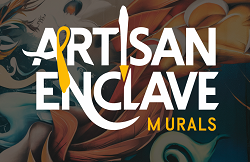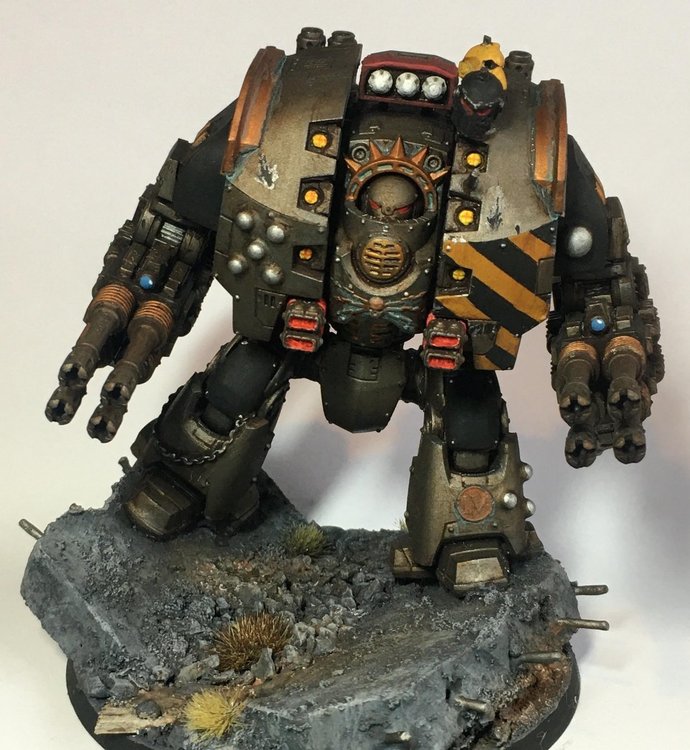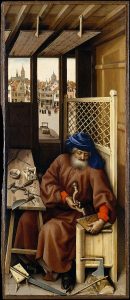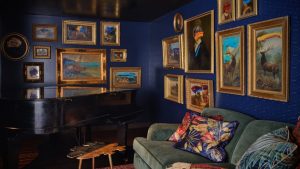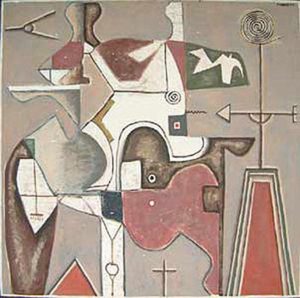Murals are more than just large paintings on a wall; they are a reflection of personal or collective identity and a statement in any space. The goal of this guide is to help you navigate the process from conceptualization to installation, ensuring that the final product is a true representation of your vision.
II. Understanding Your Vision
Identifying what you want from your mural is the first critical step. Here are some tips to help clarify your ideas:

- Reflect on the purpose of the mural: Consider what you want the mural to achieve. Is it to inspire, communicate a message, or simply beautify a space?
- Gather inspiration: Collect images, themes, and colors that inspire you. These can be from magazines, online platforms like Pinterest, or from nature and everyday life.
III. Choosing the Right Ar top article tist or Designer
The choice of artist is pivotal in bringing your vision to life. Here’s how to select the right one:
- Review portfolios: Look at the previous works of the artist to ensure their style aligns with your vision.
- Check references and reviews: Speak to past clients to understand their experience with the artist.
Criteria for Selecting an Artist
| Criteria | Description |
|---|---|
| Style Compatibility | Does the artist’s previous work reflect the style you want? |
| Experience | How experienced is the artist with murals specifically? |
| Professionalism | Is the artist professional in their communications and timelines? |
| Feedback | What do previous clients say about their work? |
IV. Effective Communication with Your Artist
Clear communication is essential. Here are strategies to ensure your ideas are well understood:
- Use visual aids: Provide sketches, mood boards, and reference images to clearly illustrate your ideas.
- Be specific: Clearly articulate the colors, themes, and elements you want included.
V. Planning and Design Process
Collaboration during the planning and design phase is crucial. Here’s what to consider:
- Approve a concept sketch: Before proceeding, ensure a detailed sketch meets your expectations.
- Discuss changes promptly: Provide immediate feedback to avoid delays and misinterpretations.
VI. Material and Technique Consideration
The durability and appearance of your mural depend on the materials and techniques used. Discuss these aspects with your artist:
- Paint quality: High-quality paints last longer and stand up better to environmental factors.
- Technique suitability: Ensure the techniques used are suitable for the wall’s texture and environmental conditions.
VII. Reviewing and Approving Designs
Before the mural is painted, reviewing the design is critical. Here’s what to focus on:
- Detail accuracy: Check that all elements of the design are correct and as discussed.
- Color accuracy: Ensure the colors match your expectations, as different lighting can alter appearances.
VIII. The Installation Process
Understanding the installation process can help you prepare and ensure smooth execution:
- Timeline: Know how long the installation will take and plan accordingly.
- Space preparation: Ensure the space is ready and accessible for the work to be carried out efficiently.
IX. Post-Installation: Ensuring Longevity
After the mural is installed, proper care is essential. Here are tips to maintain its condition:
- Regular cleaning: Gently clean the mural to remove dust and debris.
- Avoid direct sunlight: If possible, shield the mural from prolonged exposure to direct sunlight to prevent fading.
X. Conclusion
Creating a custom mural is a rewarding process that enhances any space. By following these steps, you can ensure that the mural not only reflects your vision but also stands the test of time. Embrace the process, collaborate closely with your artist, and prepare to see your vision come to life on your walls.

I am Nicholas Cremean, your guide and expert in the nuanced world of mural installations. With over a decade of experience in the mural industry, I specialize in bringing artistic visions to life on walls and surfaces of all types.
